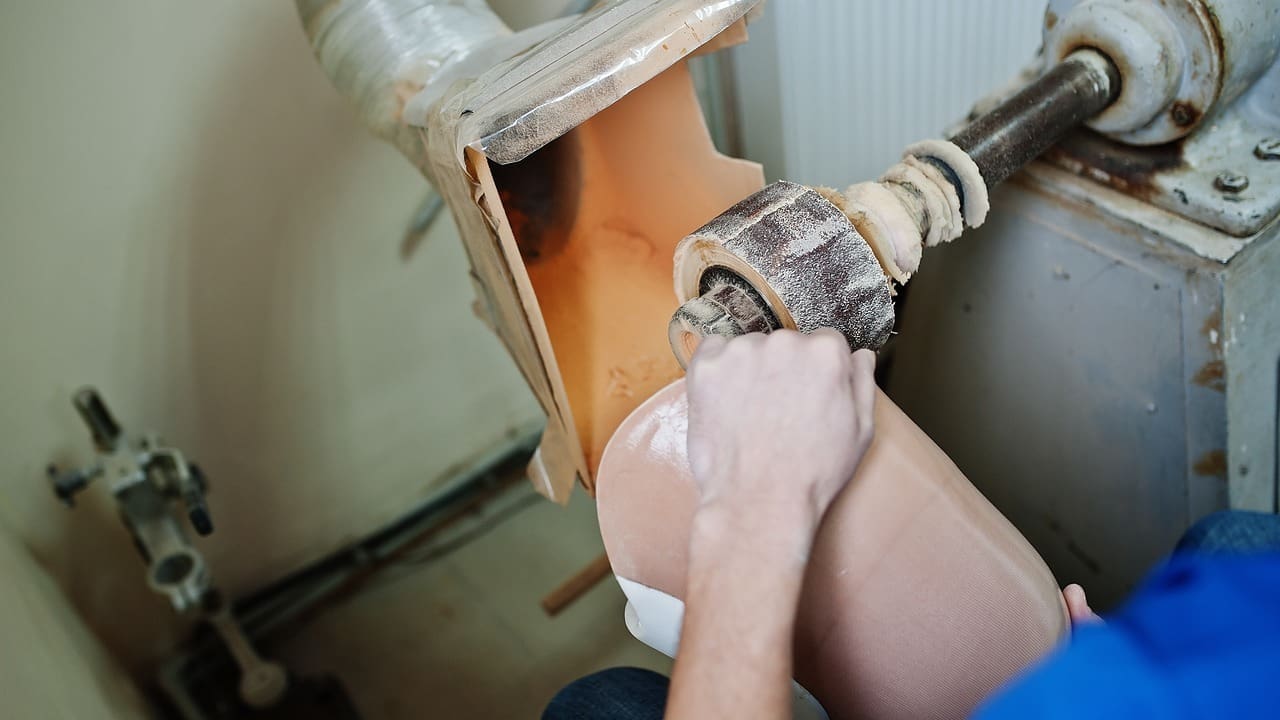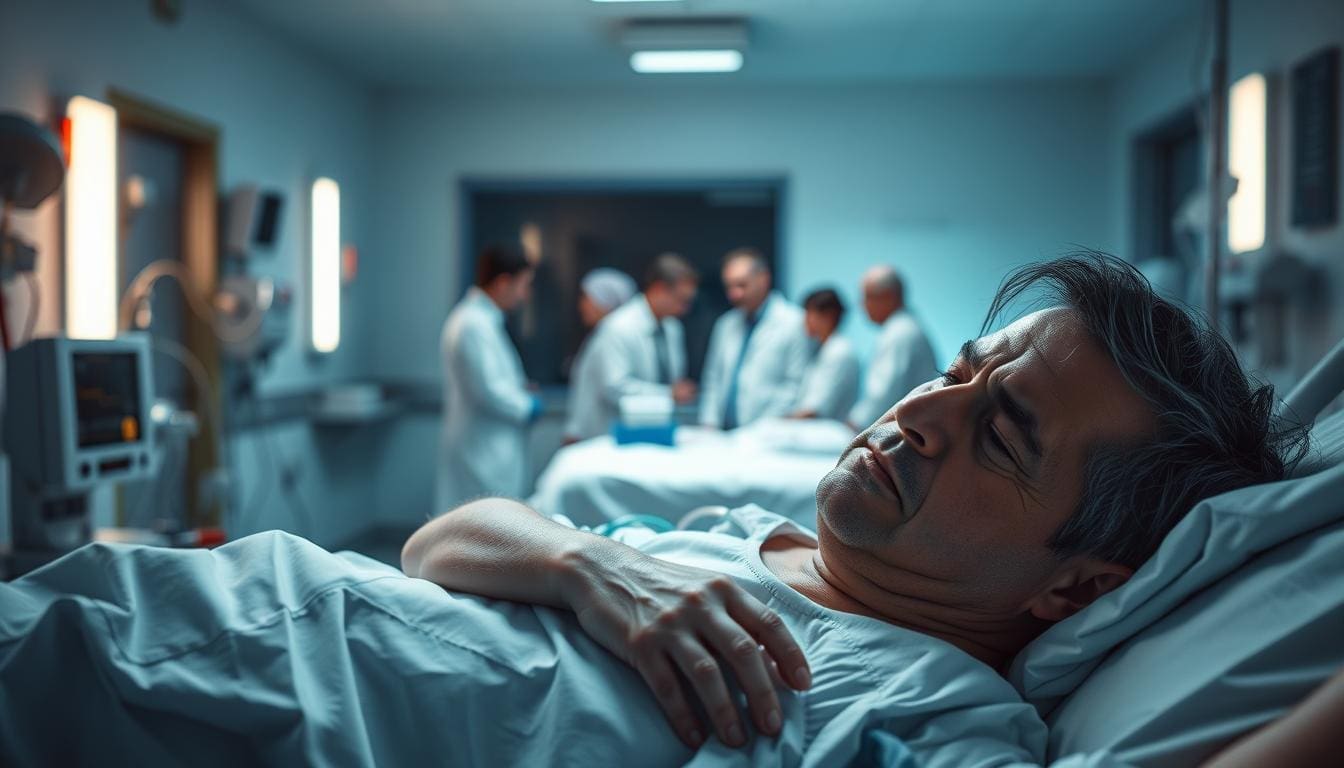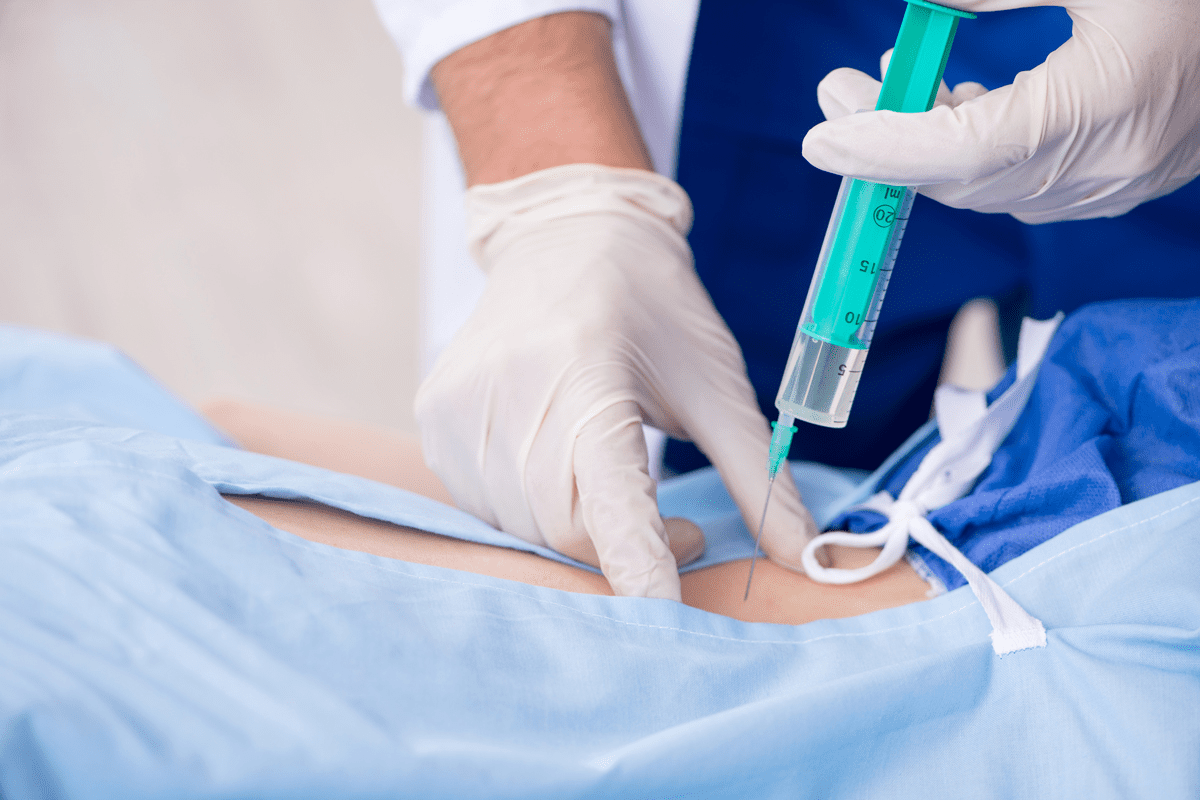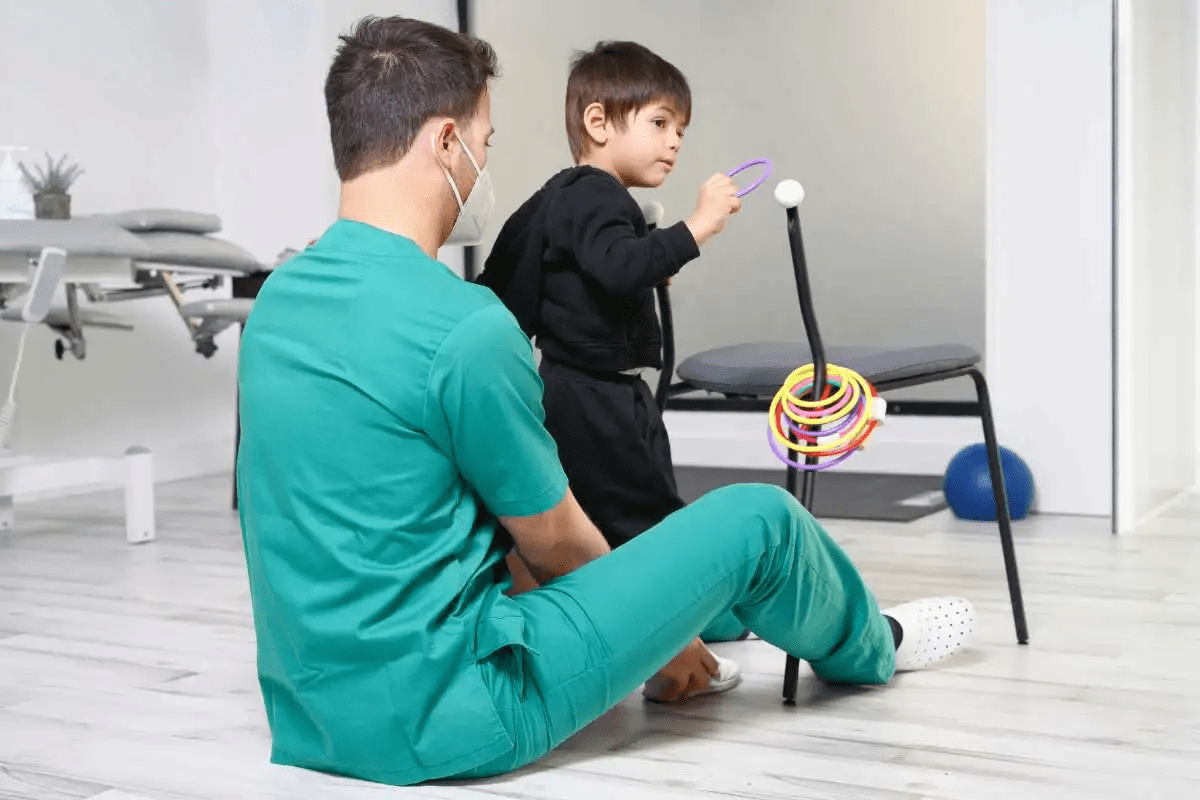Last Updated on November 26, 2025 by Bilal Hasdemir
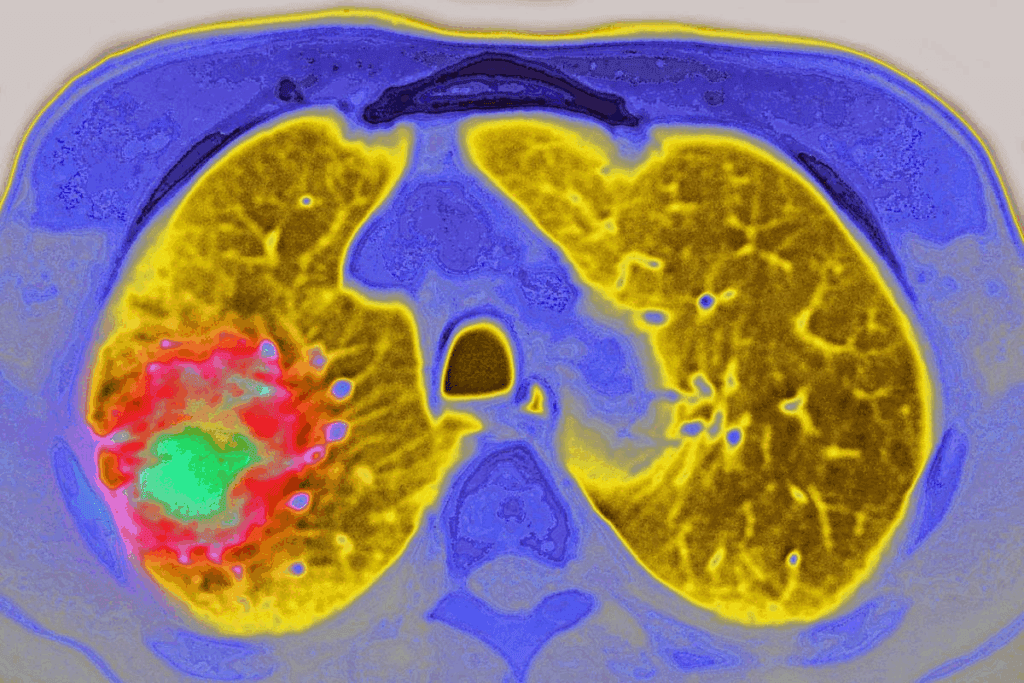
At Liv Hospital, we know that facing a diagnostic procedure can be scary. But thanks to medical imaging, we can do accurate, safe tests without big surgeries. Learn what a ct scan biopsy involves, how to prepare safely, and what to expect before and after your ct scan biopsy procedure.
A CT guided biopsy is a new way to get tissue samples. It’s less invasive than old surgeries. We follow international standards and care deeply about your experience.
We’re here to help you from start to finish. In this article, we’ll explain what happens during a CT scan guided biopsy. We want you to feel ready and informed.
Key Takeaways
- Understand the purpose and importance of a CT scan biopsy in diagnostic procedures.
- Learn how to prepare for a CT guided biopsy.
- Discover what to expect during the CT scan guided biopsy procedure.
- Find out about post-procedure care and recovery.
- Experience the benefits of a minimally invasive biopsy procedure at Liv Hospital.
Understanding CT Scan Biopsy: A Minimally Invasive Diagnostic Procedure
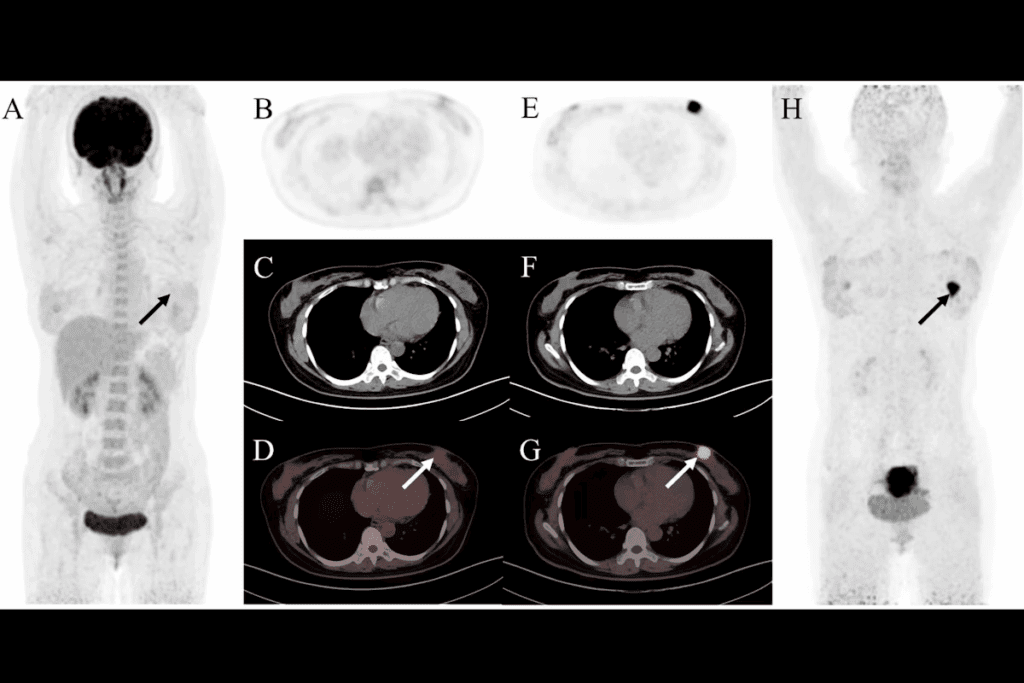
CT-guided biopsy is a new way to get tissue samples for medical tests. It uses CT scans to guide a needle into the right spot. This makes sure the samples are accurate.
What is a CT Scan Biopsy?
A CT scan biopsy, or CT-guided needle biopsy, uses CT scans to guide the needle. It helps get tissue or fluid samples from hard-to-reach places in the body. This is great for diagnosing problems in organs or tissues.
The CT scanner shows real-time images. This helps doctors place the needle exactly where it needs to be.
Common Uses and Applications
CT-guided biopsy is used for many health issues. It’s good for checking on lung, liver, kidney, and lymph node problems. It helps find cancers, infections, and inflammatory diseases.
Here are some uses:
- Diagnosing lung nodules or masses
- Sampling liver or kidney lesions
- Examining lymph node abnormalities
- Investigating suspicious masses or tumors
Advantages Over Traditional Surgical Biopsies
CT-guided biopsy has many benefits over old-fashioned surgical biopsies. Here are a few:
| Advantages | CT-Guided Biopsy | Traditional Surgical Biopsy |
| Invasiveness | Minimally invasive | Surgical incision required |
| Recovery Time | Generally shorter | Can be longer |
| Accuracy | High accuracy with real-time imaging | Dependent on surgeon’s expertise |
| Complications | Lower risk of complications | Higher risk due to surgical nature |
Using CT scans to guide the needle makes this procedure safer and quicker. It’s a top choice for many medical tests.
When Your Doctor Recommends a CT Scan Biopsy
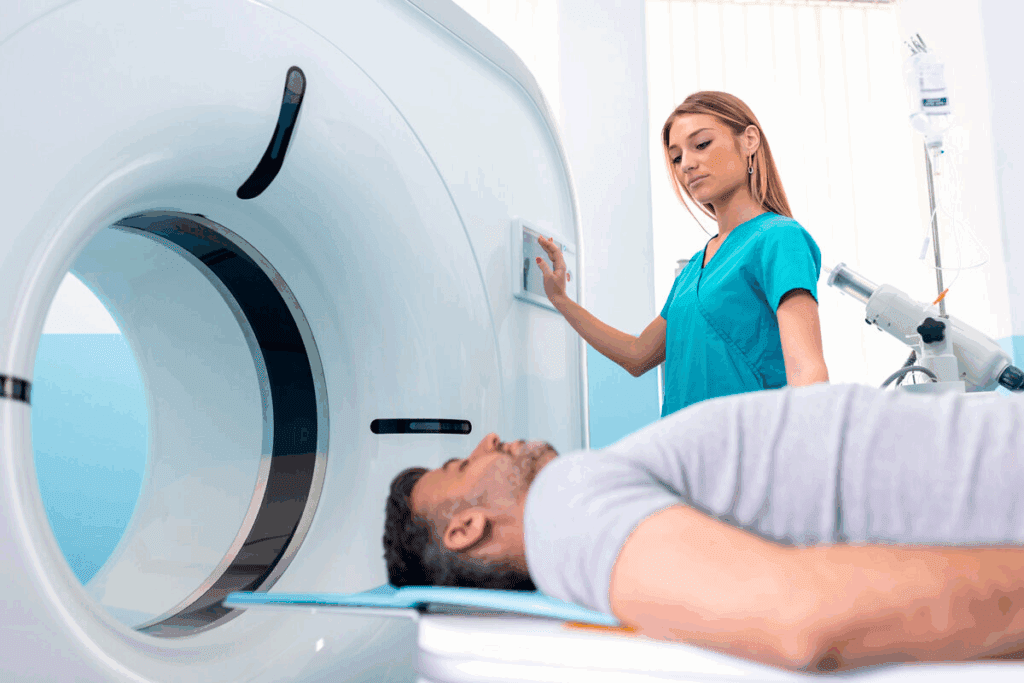
Your doctor might suggest a CT scan biopsy for certain health issues. This test is great when other scans don’t give clear answers. It’s also useful for a closer look at a problem.
Medical Conditions That May Require This Procedure
Some health problems might need a CT scan biopsy. These include:
- Lung nodules or masses that need to be evaluated for cancer
- Liver lesions that require characterization
- Suspicious lymph nodes that need to be biopsied
- Abdominal or pelvic masses of unknown origin
These issues often need a clear diagnosis to decide on treatment. A CT scan biopsy is a gentle way to get tissue samples for tests.
Diagnostic Goals and Expected Outcomes
The main goal of a CT scan biopsy is to get a clear diagnosis. Doctors use CT scans to find and take tissue samples. The main outcomes are:
| Diagnostic Goal | Expected Outcome |
| Determine the nature of a lung nodule | Confirmation of whether the nodule is benign or malignant |
| Characterize a liver lesion | Identification of the lesion as a cyst, tumor, or other condition |
| Evaluate suspicious lymph nodes | Diagnosis of lymphoma, metastasis, or other conditions |
Initial Consultation Process
In your first meeting, your doctor will explain why you need a CT scan biopsy. They will also talk about the procedure and what you should expect. This is your chance to ask questions and learn about getting ready for the biopsy.
Key discussion points during the initial consultation include:
- The reasons for choosing a CT scan biopsy
- The risks and benefits of the procedure
- Any needed preparations, like fasting or changing medications
- What happens during and after the procedure
Knowing about medical conditions that might need a CT scan biopsy helps you prepare. It’s important to understand what to expect during your first meeting with your doctor.
Pre-Procedure Medical Evaluation
Before a CT scan biopsy, a detailed medical check is key. It makes sure the procedure is safe and works well. This step is vital for getting ready for the test.
Required Medical History Review
We look closely at a patient’s medical history. This means talking about past health issues, allergies, and surgeries or biopsies. We also check current medicines to see if they might cause problems.
For example, people with bleeding issues or on blood thinners need extra care. A detailed look at medical history helps us make the procedure safer and more effective for each patient.
| Medical History Component | Importance | Action |
| Previous Medical Conditions | Identifies possible risks | Review and document |
| Allergies | Helps avoid allergic reactions | Note and avoid allergens |
| Previous Surgeries/Biopsies | Provides insight into past experiences | Review outcomes and complications |
Medication Considerations
Some medicines can change how safe and effective a CT scan biopsy is. We check all drugs, like blood thinners and diabetes meds. Sometimes, we need to change how these medicines are taken before the test.
“It’s important to tell your doctor about all medicines you’re taking to avoid problems during the biopsy.”
Interventional Radiologist
Special Considerations for High-Risk Patients
People with conditions like diabetes, heart disease, or kidney disease need extra attention. We look at their health and plan carefully to manage risks.
For those at higher risk, we might watch them more closely, adjust their meds, or choose a different biopsy method. Our aim is to give the best care to everyone, no matter their health.
By carefully checking each patient’s medical history, medicines, and health, we reduce risks. This detailed check before the CT scan biopsy shows our dedication to top-notch healthcare. We support patients from all over with detailed guidance.
Essential Preparation Steps for Your CT Scan Biopsy
To get ready for your CT scan biopsy, we’ve got you covered. Preparing for a CT scan biopsy or cat scan biopsy means following a few important steps. These steps help make sure your procedure goes well.
Fasting Requirements
One key step is to follow the fasting instructions. Your doctor will tell you how long to fast before the biopsy. Usually, you’ll need to avoid eating and drinking for a few hours.
Medication Adjustments
Tell your doctor about all the medicines you’re taking. Some might need to be changed or stopped before the biopsy with ct scan. Your doctor will guide you on how to handle your medications.
What to Wear and Bring
On biopsy day, wear comfy, loose clothes. You might need to change into a hospital gown. Bring your insurance cards, ID, and a list of your medicines. Having a friend or family member with you is a good idea.
Transportation Arrangements
After the biopsy, you might feel tired or uncomfortable. So, make sure someone drives you home. It’s also smart to have someone stay with you for a few hours.
By following these steps, your cat scan biopsy or ct guided procedure will likely go smoothly. If you have any questions or worries, talk to your healthcare provider.
The Day of Your CT Scan Biopsy: Arrival and Check-In Process
Getting ready for your CT scan biopsy? Knowing what to expect can ease your nerves. We’re here to walk you through each step, making sure you’re comfortable and well-informed.
Required Documentation
When you arrive, have your ID, insurance, and any medical records or test results ready. This will make the check-in process smoother.
Initial Assessment and Preparation
After checking in, our medical team will meet you. They’ll review your medical history, talk about allergies, and explain the procedure in detail.
They’ll also get you ready for the CT scan biopsy. This includes placing you on the CT table and giving you local anesthesia to reduce any discomfort.
Consent Forms and Final Questions
Before starting, you’ll need to sign consent forms. This is just to make sure you understand and agree to the procedure. Our team is ready to answer any last-minute questions, making sure you’re informed and confident.
Here’s a quick overview of what to expect during the arrival and check-in for your CT scan biopsy:
| Step | Description | Responsible Team |
| Check-in | Present identification, insurance, and medical records | Front Desk Staff |
| Initial Assessment | Review medical history, discuss allergies, explain procedure | Medical Team |
| Consent Forms | Sign consent forms, ask final questions | Medical Team |
Knowing what to expect on the day of your CT scan biopsy can make you feel more ready and confident. Our team is dedicated to giving you the best care and support every step of the way.
What Happens During a CT Scan Biopsy Procedure
A CT scan biopsy involves several important steps. It uses CT scanning and biopsy techniques to get tissue samples. These samples are then examined further.
Positioning on the CT Table
The first step is to position the patient on the CT table. We make sure they are comfortable and aligned right. This allows us to easily reach the biopsy site.
The CT table is then moved into the CT scanner. This scanner shows real-time images of the area we need to examine.
Local Anesthesia Administration
To reduce discomfort, we give local anesthesia. This numbs the area where the biopsy needle will go. We use a small needle to inject the anesthetic into the skin and tissue.
This keeps the patient comfortable during the procedure.
Needle Insertion and Sample Collection
With the patient ready and numb, we insert the biopsy needle. We use CT guidance to guide the needle to the right spot. Once in place, we collect a tissue sample.
Then, we pull out the needle and apply pressure to stop bleeding.
Real-Time CT Guidance Techniques
We use real-time CT guidance throughout the procedure. This means we get continuous CT scans. These scans show us where the needle is in relation to the tissue.
This feedback lets us make precise adjustments. It ensures we get the tissue sample from the right spot.
The CT scan biopsy is a safe and effective way to diagnose. It combines advanced CT technology with skilled medical professionals. Knowing what happens during the procedure helps patients prepare better.
Types of CT-Guided Biopsy Techniques
CT-guided biopsies use different techniques for various needs. These methods help us get accurate diagnoses and treatment plans.
Fine Needle Aspiration (FNA)
Fine Needle Aspiration (FNA) uses a thin needle to take cell samples. It’s great for checking on suspicious areas. FNA is less invasive and quick, making it a top choice for first tests.
Core Needle Biopsy
Core Needle Biopsy takes a bit bigger needle to get a tissue core. It gives more tissue for detailed checks. Core Needle Biopsy is often used when more tissue is needed.
Vacuum-Assisted Biopsy
Vacuum-Assisted Biopsy uses a vacuum tool to get tissue samples. It’s good for big or complex lesions. The vacuum-assisted technique takes less discomfort for the patient.
Selecting the Right Technique for Your Condition
Choosing the right CT-guided biopsy technique depends on several things. These include the lesion’s location and nature, and the patient’s health. Our team will pick the best technique for you. By selecting the right technique, we aim for the most accurate diagnosis and treatment plan.
Knowing about CT-guided biopsy techniques shows the care in diagnosing. By choosing the best method, we ensure accurate diagnoses and effective treatments.
What You’ll Feel During the CT Scan Biopsy
As you get ready for your CT scan biopsy, you might wonder what it will feel like. Knowing what to expect can help ease your worries and make things easier.
Sensations During Different Procedure Stages
You’ll lie on a CT table that slides into a scanner. You might feel a bit of discomfort or pressure as it moves. The team will make sure you’re comfortable and safe.
When they give you local anesthesia, you might feel a pinch or sting. This feeling goes away once the area is numb. The CT guided biopsy makes it easier to place the needle accurately, which helps keep you comfortable.
When the needle goes in and they take the sample, you might feel some pressure or discomfort. This is usually mild and short-lived. The real-time CT guidance helps the doctor aim exactly where they need to, so you don’t feel it as much.
Managing Discomfort and Anxiety
Tell your medical team if you’re feeling any discomfort or anxiety. They can offer more support or change their approach if needed. Deep breathing or other relaxation methods can also help calm your nerves.
Your medical team is trained to make the CT scan biopsy as comfortable as it can be. They’ll walk you through each step, explaining what’s happening and answering your questions.
Communication With Your Medical Team
Talking openly with your medical team is key. Let them know if you’re feeling anxious or uncomfortable. They’re there to support you every step of the way.
Talk to your doctor about any worries or questions before the procedure starts. Knowing what to expect can really help reduce your anxiety.
During the biopsy CT procedure, you can ask for a break if you need to. Your medical team is focused on making sure you’re comfortable and safe.
Potential Risks and Complications
CT guided needle biopsy, like any medical procedure, carries certain risks and complications. While generally considered safe, it’s important for patients to know about the possible issues that may happen during or after the procedure.
Common Minor Side Effects
Most patients who have a ct scan biopsy face minor side effects that usually go away on their own. These can include:
- Mild pain or discomfort at the biopsy site
- Temporary bruising or swelling
- Slight bleeding
These side effects are often managed with over-the-counter pain medication and rest. But, it’s key to follow the post-procedure instructions from your healthcare team to lessen these effects.
Rare but Serious Complications
Though rare, serious complications can happen with biopsy ct scan procedures. These may include:
- Infection at the biopsy site
- Pneumothorax (collapsed lung) if the biopsy needle punctures the lung
- Bleeding that requires transfusion or additional surgery
- Reaction to the local anesthesia
It’s important to know about these possible complications and seek medical attention right away if you have severe symptoms.
When to Seek Emergency Care
If you have any of these symptoms after a ct biopsy, get emergency care:
| Symptom | Description |
| Severe Pain | Pain that worsens over time or is not controlled with prescribed medication |
| Excessive Bleeding | Bleeding that doesn’t stop or is heavy |
| Difficulty Breathing | Shortness of breath or feeling like you can’t catch your breath |
| Fever | High temperature or chills |
Understanding the risks and being prepared can greatly improve your experience and outcome. Always follow your healthcare team’s advice and report any concerns or unusual symptoms quickly.
“The key to managing risks is awareness and preparedness. Patients should be fully informed about the possible complications of ct guided needle biopsy and know when to seek help.”
— Interventional Radiologist
Post-Procedure Care and Recovery
The time after a CT scan biopsy is key for a smooth recovery. We’ll walk you through the care steps you need to take.
Immediate Recovery Room Monitoring
We watch you closely in the recovery room after the biopsy. This is to catch any quick problems and ease any pain. You’ll stay here for 30 minutes to an hour, while we keep an eye on your health.
At-Home Recovery Instructions
We give you clear instructions before you go home. These cover how to care for your wound, watch for signs of trouble, and when you can start doing normal things again.
| Activity | Recommended Action |
| Wound Care | Keep the dressing clean and dry. Monitor for signs of infection. |
| Activity Level | Avoid strenuous activities for at least 24 hours. |
| Medication | Follow the prescribed pain management regimen. |
Activity Restrictions
We tell patients to stay away from heavy lifting, bending, or hard exercise for a bit. How long depends on your health and the biopsy details.
Pain Management
Some pain is normal after a biopsy. We help you manage it with advice on pain relievers. It’s important to stick to our advice to stay comfortable while you heal.
By following these steps, you can lower the chance of problems and help your recovery go smoothly.
Conclusion: Understanding Your Results and Next Steps
After a CT scan biopsy or CT guided biopsy, tissue samples are sent for analysis. Waiting for results can be tough, but knowing what to expect is key. It helps you understand what comes next.
The biopsy results will help decide your treatment or further tests. Your doctor will talk to you about the findings. They will explain what the results mean and what to do next. If a condition is confirmed, we’ll help create a treatment plan just for you.
The CT scan biopsy is a powerful tool for diagnosis. Its results are vital for choosing the right care. We’re here to support you, guiding you through this journey.
Knowing your results and what to do next empowers you to take charge of your health. We’re here to help you every step of the way.
FAQ
What is a CT scan biopsy?
A CT scan biopsy, also known as a CT-guided biopsy, is a procedure. It uses CT imaging to guide a needle into a suspicious area. This is to collect tissue samples for examination.
Why is a CT scan biopsy performed?
A CT scan biopsy is used to diagnose and stage various medical conditions. This includes cancer, infections, or inflammatory diseases. It collects tissue samples from the affected area.
How do I prepare for a CT scan biopsy?
To prepare, you might need to fast for a while, adjust your medications, and wear comfy clothes. Your healthcare provider will give you specific instructions.
What happens during a CT scan biopsy procedure?
During the procedure, you’ll be positioned on a CT table. Local anesthesia will numb the area. A needle will then be inserted under CT guidance to collect tissue samples.
What are the different types of CT-guided biopsy techniques?
There are different CT-guided biopsy techniques. These include fine needle aspiration (FNA), core needle biopsy, and vacuum-assisted biopsy. The choice depends on the location and nature of the suspicious area.
Will I feel pain during the CT scan biopsy?
You might feel some discomfort or pressure during the procedure. But local anesthesia is used to minimize pain. You can also talk to your medical team to manage any discomfort or anxiety.
What are the possible risks and complications of a CT scan biopsy?
Minor side effects like bruising or soreness are possible. Rare but serious complications include bleeding or infection. Your healthcare provider will discuss these risks with you.
How do I care for myself after a CT scan biopsy?
After the procedure, you’ll be monitored in a recovery room. Then, you can go home with instructions. These include activity restrictions, pain management, and follow-up care.
When will I receive my CT scan biopsy results?
The time to get your results varies. It depends on the laboratory processing time and the complexity of the case. Your healthcare provider will discuss the expected timeline with you.
What do my CT scan biopsy results mean?
Your results will help diagnose or rule out various medical conditions. Your healthcare provider will interpret the results. They will discuss the implications and next steps with you.
Can I undergo a CT scan biopsy if I have a pacemaker or other implants?
If you have a pacemaker or other implants, tell your healthcare provider. Certain precautions may be needed to ensure your safety during the procedure.
Is a CT scan biopsy available at your facility?
Yes, we offer CT scan biopsy services at our facility. Our experienced medical team will guide you through the process and provide complete care.
How do I schedule a CT scan biopsy?
To schedule a CT scan biopsy, contact our facility to arrange an appointment. Your healthcare provider will also guide you on preparing for the procedure
Reference
- National Center for Biotechnology Information. (2018). CT-guided procedures: an initial experience. https://www.ncbi.nlm.nih.gov/pmc/articles/PMC6296730


